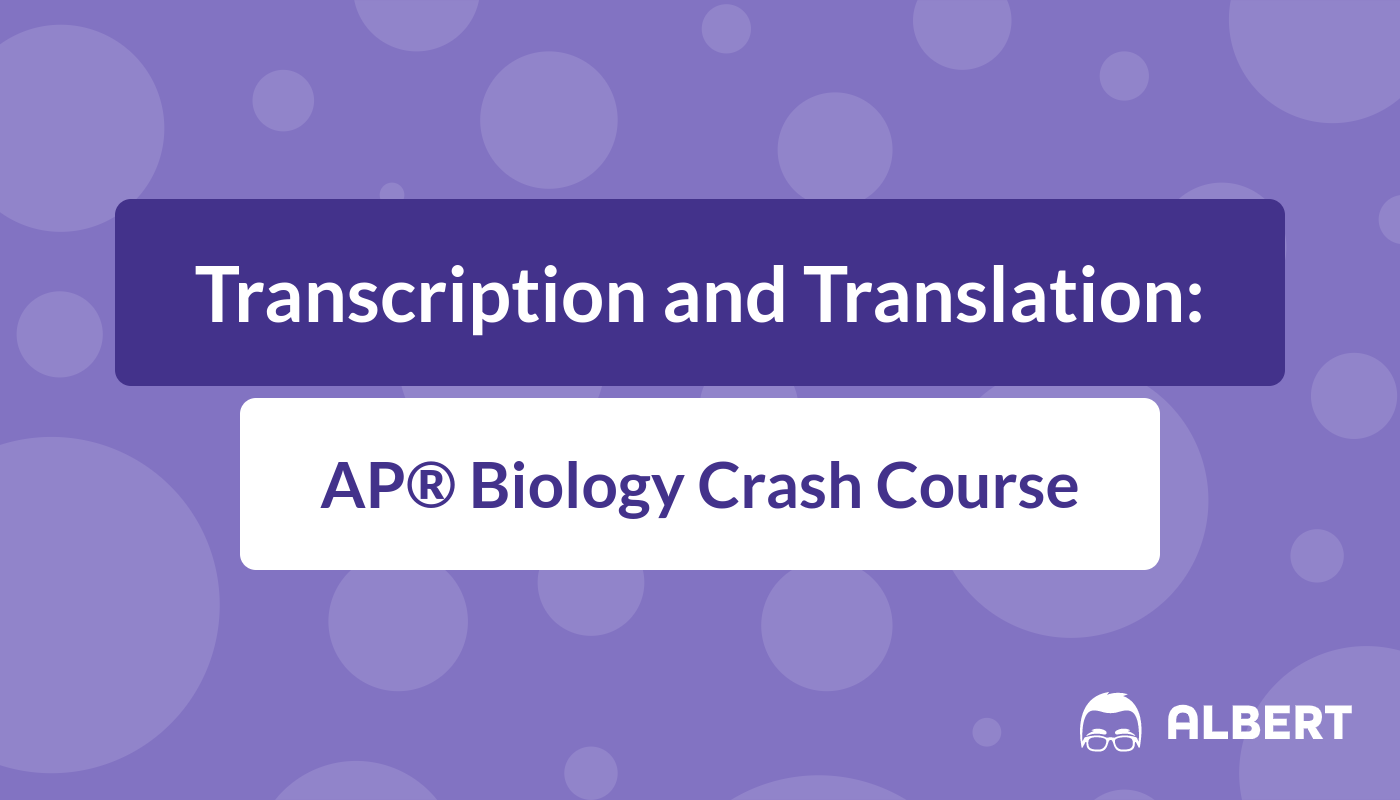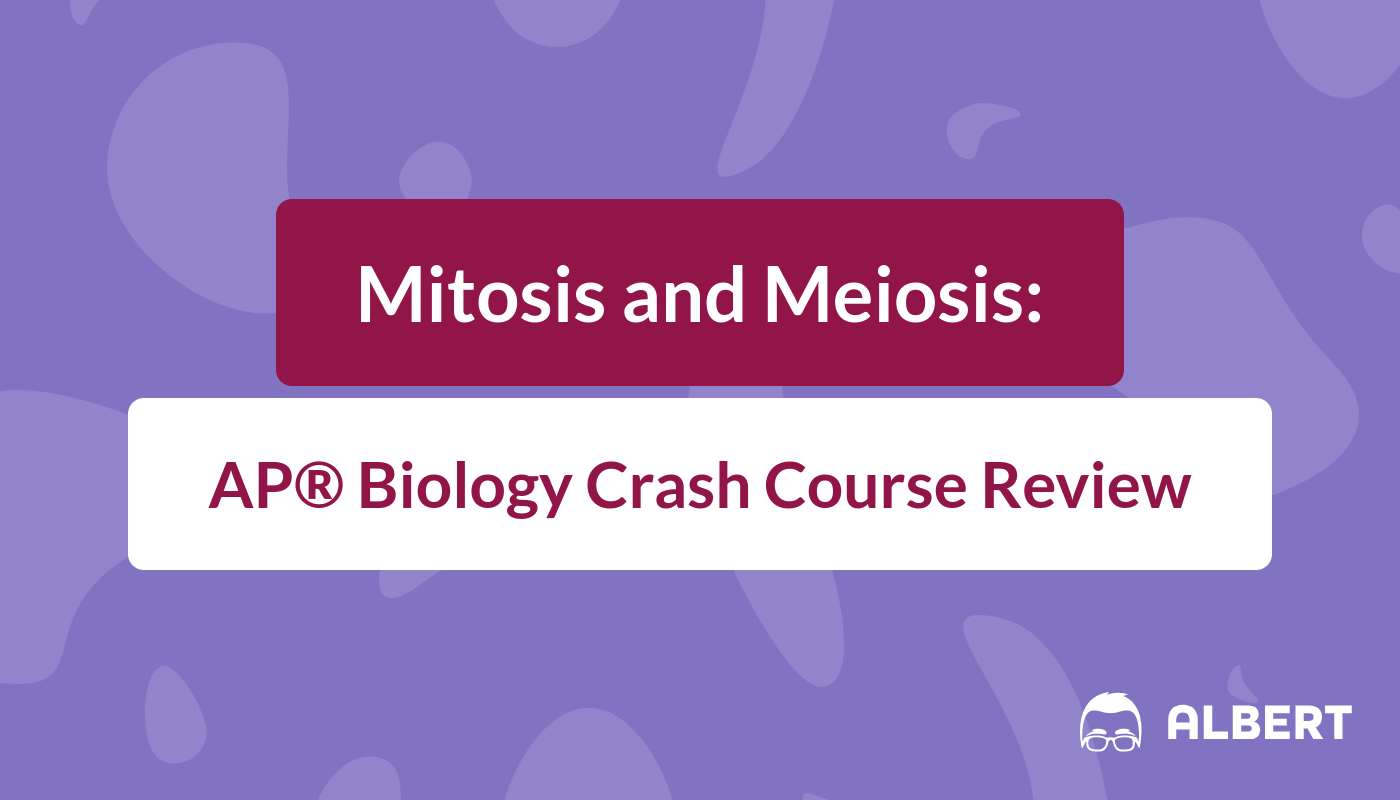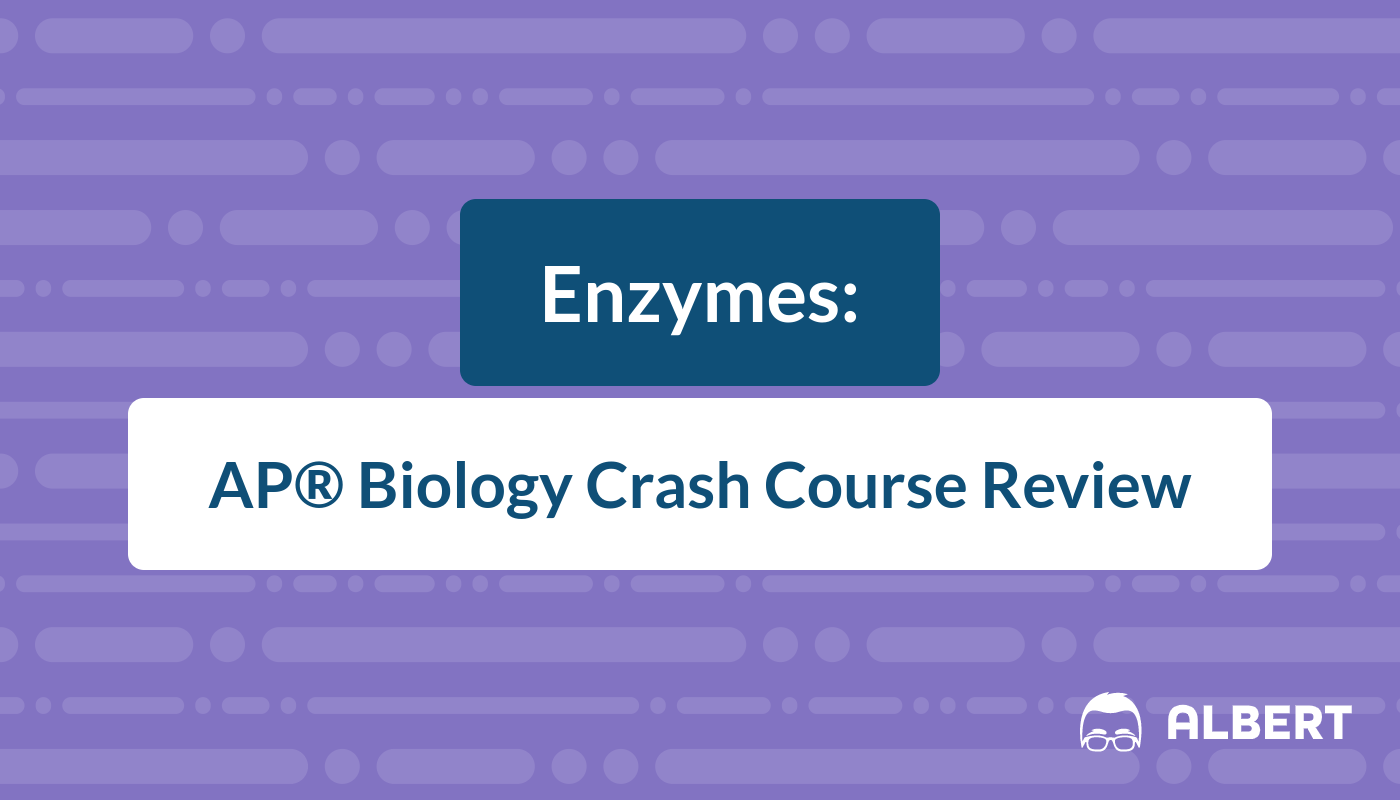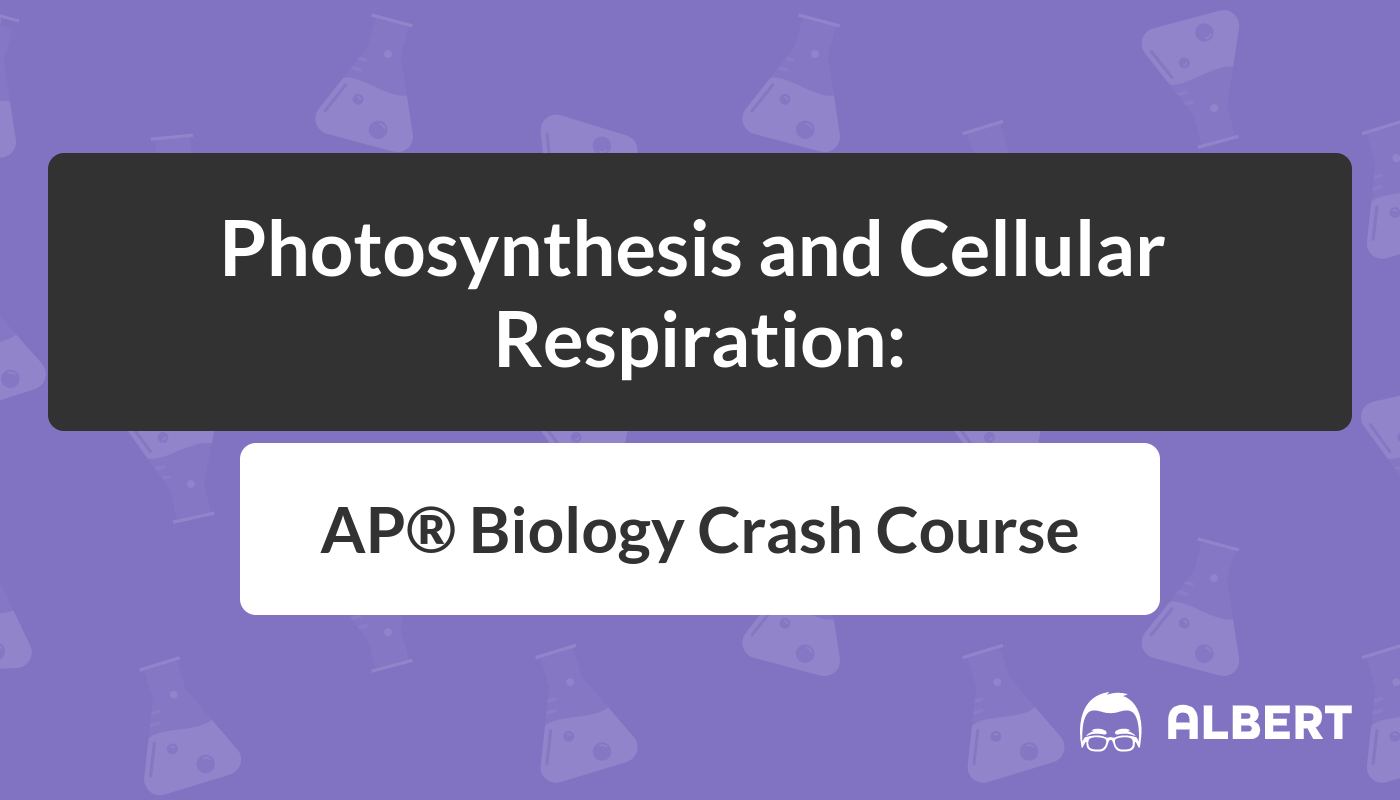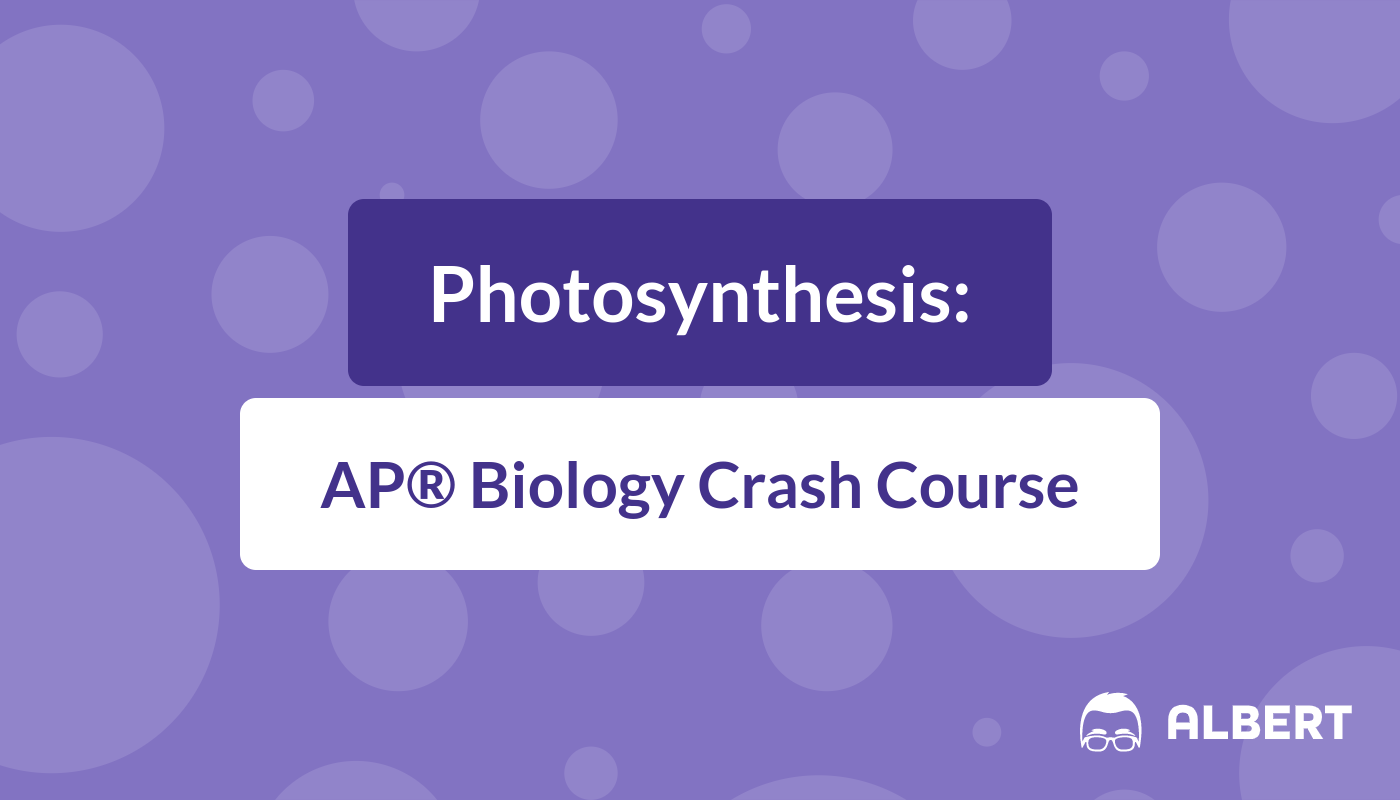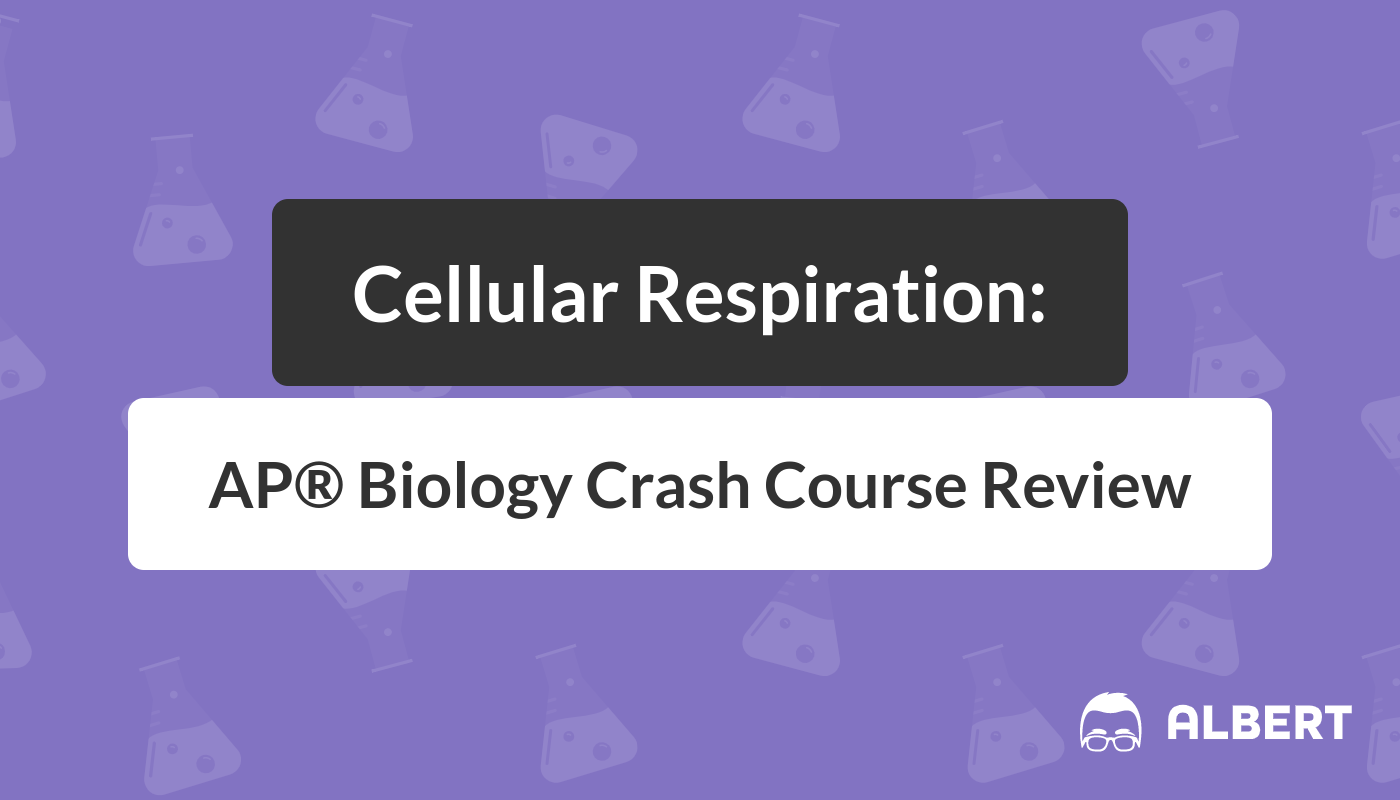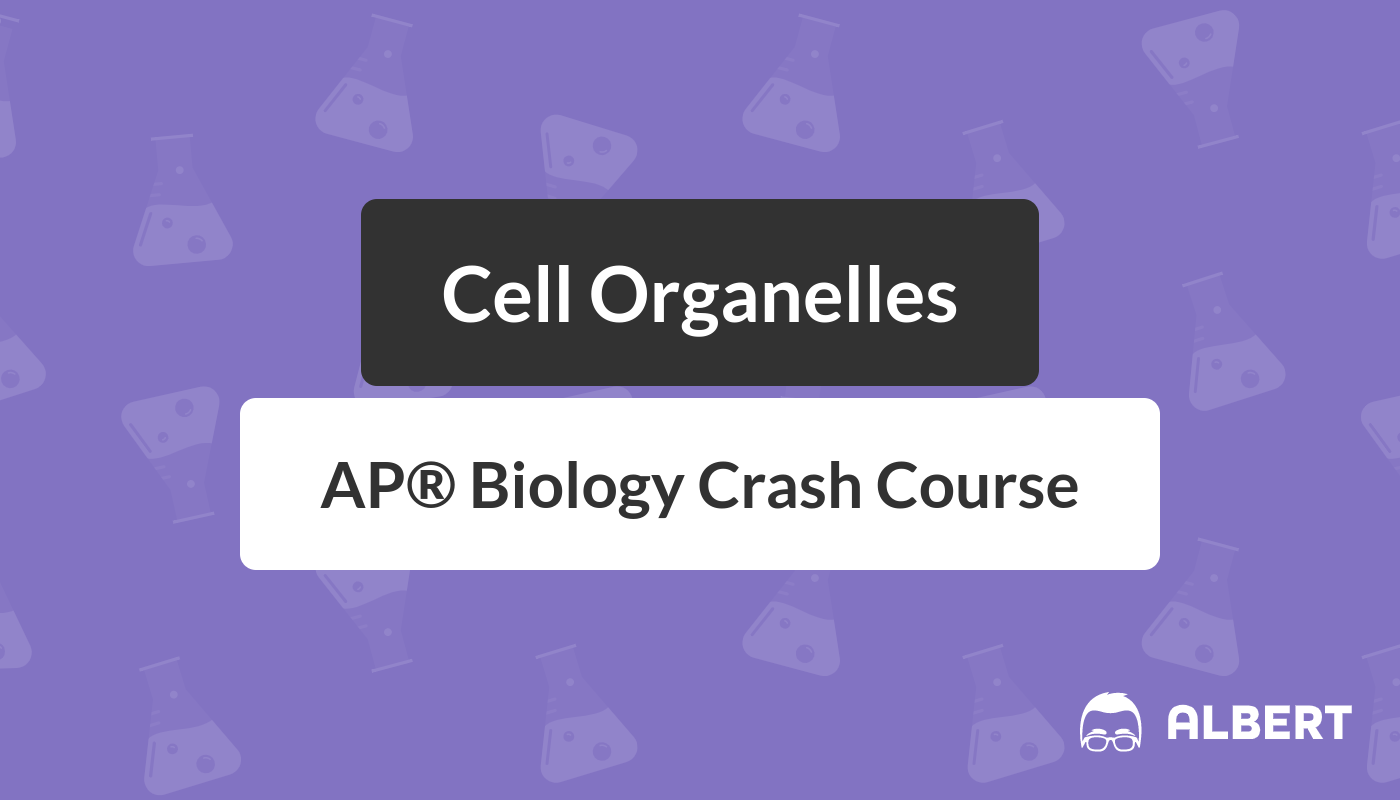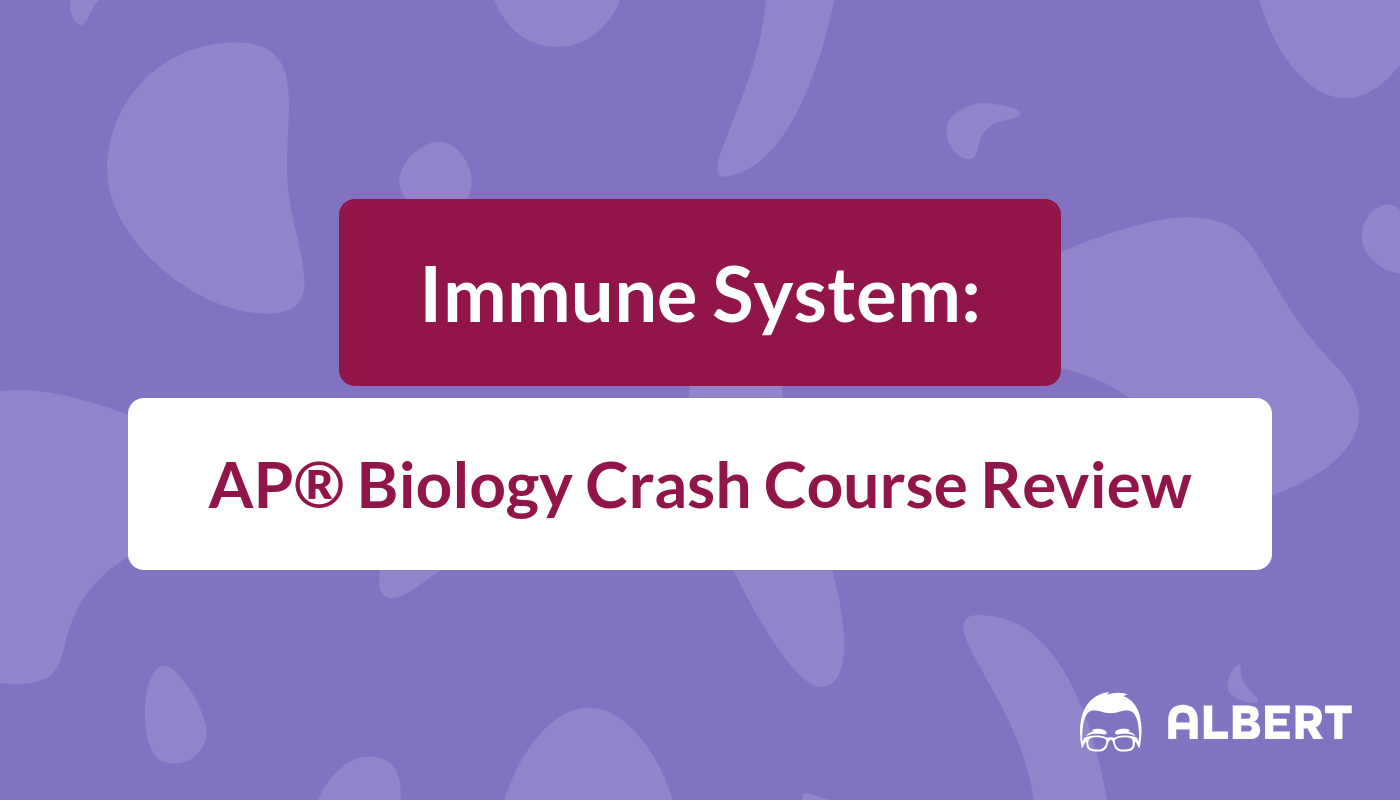Transcription and Translation: AP® Biology Crash Course
By this point in your biology education, you already know that the genetic information of all living things on the planet can be found in a lengthy molecule known as deoxyribonucleic acid, or DNA. The proverbial holy grail of scientists who sought to find it throughout history, DNA is the metaphorical “blueprint” from which living things’ bodies and systems are built and run. But the question remains: how does DNA accomplish this? How do we get from genetic blueprint to living, reproducing organism?

